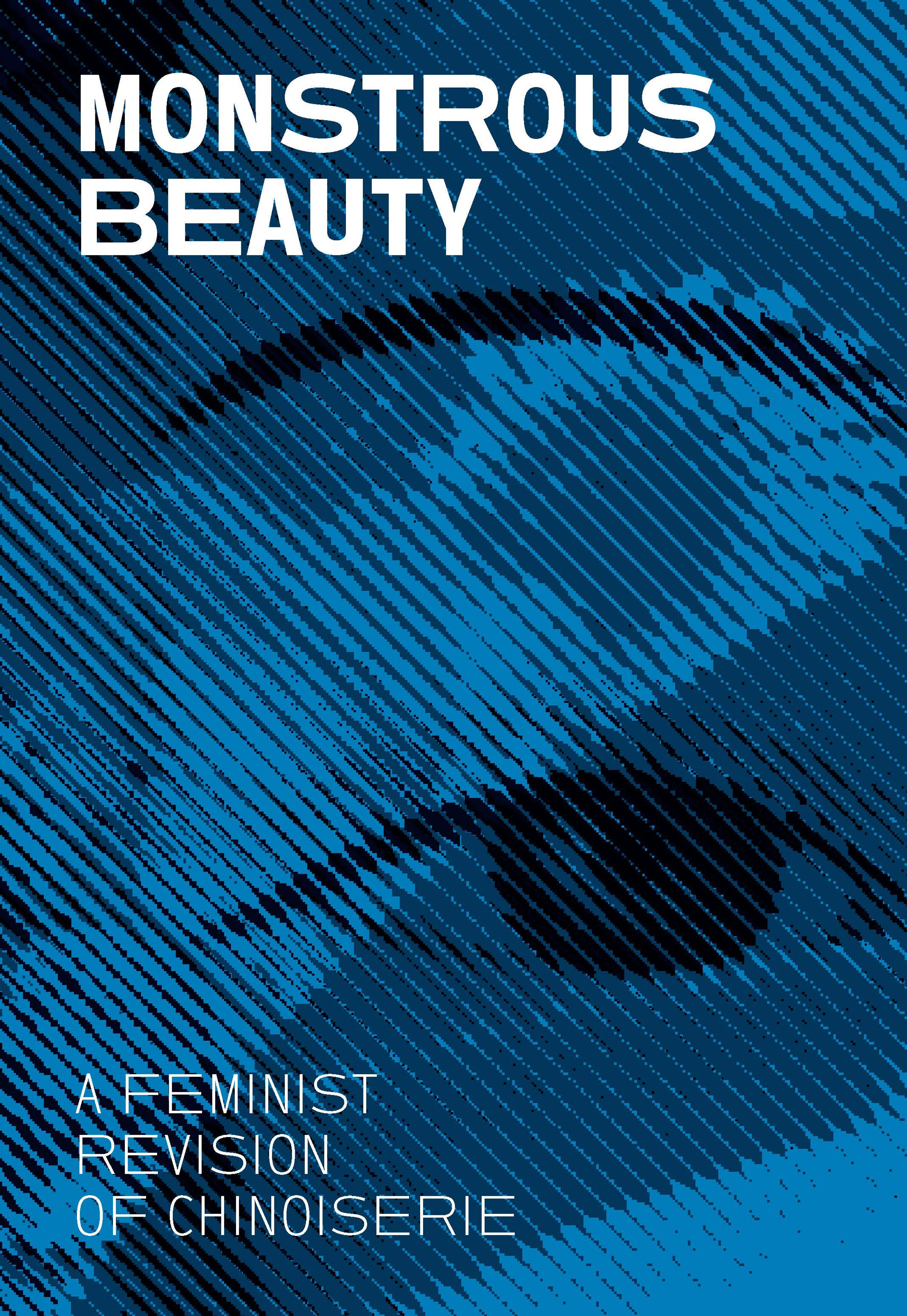English
Toilet set in original leather case
This ensemble unites an accomplished level of artistic design and quality of execution with an exalted provenance. Furthermore, it embodies the ultimate expression of princely splendor in precious metalwork. The showpiece was used as part of the daily levée, or ceremonial dressing, of a high-ranking aristocrat in eighteenth-century Europe. The ritual played an essential role in courtly etiquette; therefore, all accessories were required to reflect the owner's noble status. Customarily a husband gave such a dazzling set to his bride as a ""morning gift"" following the wedding night. In an age when marriage was an arranged, formal procedure of crucially political consequence, the toilet set was often assembled on very short notice. Augsburg specialized in the coordination and production of extensive, intricate silver table services and toilet sets involving highly specialized craftsmen. This refined ensemble belonged to the imperial counts Schenk von Stauffenberg at Schloss Jettingen in Swabia. One memorable and courageous member of the family was Claus von Stauffenberg, executed in 1944 after an unsuccessful attempt to assassinate Adolf Hitler.
Artwork Details
- Title: Toilet set in original leather case
- Artist: Fourteen identified German (Augsburg) goldsmiths and other German artisans; Japanese (Imari) porcelain maker
- Date: ca. 1743–45
- Culture: German, Augsburg
- Medium: Gilt silver, hard-paste porcelain, cut glass, walnut, carved and partially gilt coniferous wood, blind-tooled and partially gilt leather, partially gilt steel and iron, textiles, moiré paper, hog's bristle
- Dimensions: Case: H.16 1/2 in.; with opened lid: H.37 3/4 in.; D.28 in.; Silver-gilt mirror: H.29 1/2 in.; W.23 1/2 in.
- Classification: Metalwork-Silver
- Credit Line: Purchase, Anna-Maria and Stephen Kellen Foundation Gift, in memory of Stephen M. Kellen, 2005
- Object Number: 2005.364.1a–f–.48
- Curatorial Department: European Sculpture and Decorative Arts
More Artwork
Research Resources
The Met provides unparalleled resources for research and welcomes an international community of students and scholars. The Met's Open Access API is where creators and researchers can connect to the The Met collection. Open Access data and public domain images are available for unrestricted commercial and noncommercial use without permission or fee.
To request images under copyright and other restrictions, please use this Image Request form.
Feedback
We continue to research and examine historical and cultural context for objects in The Met collection. If you have comments or questions about this object record, please complete and submit this form. The Museum looks forward to receiving your comments.
